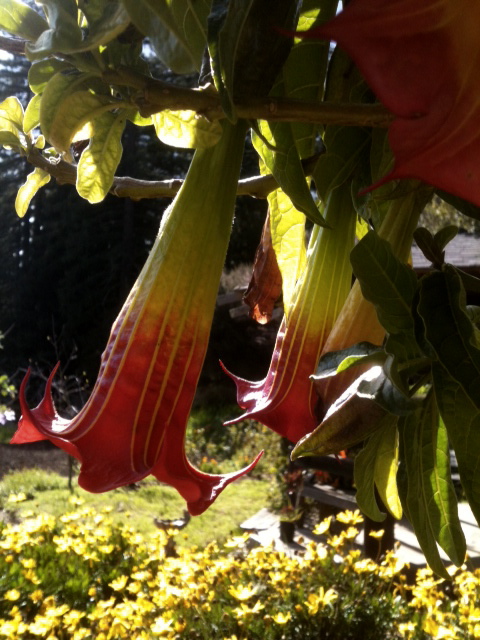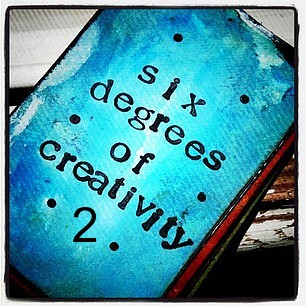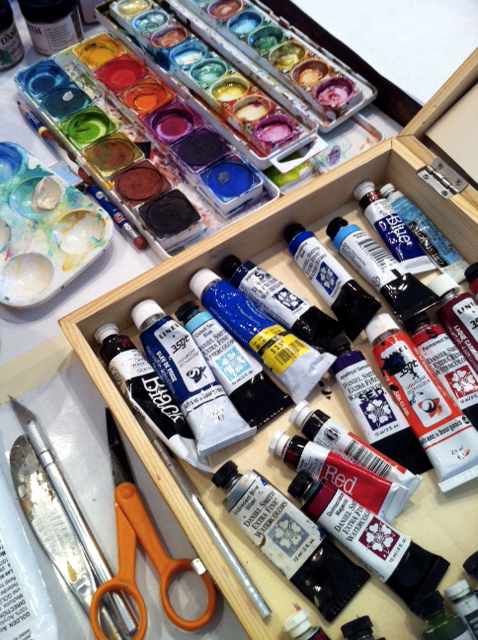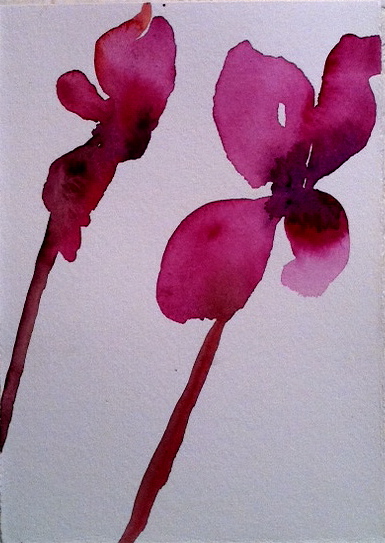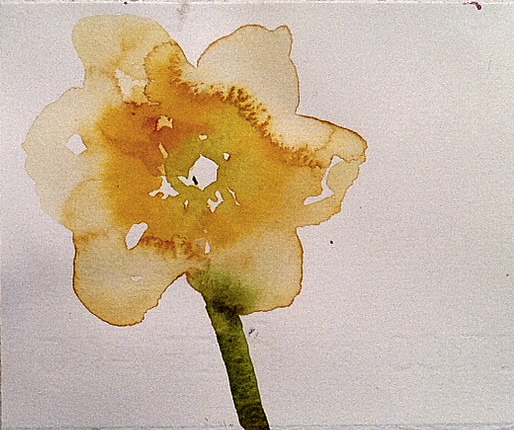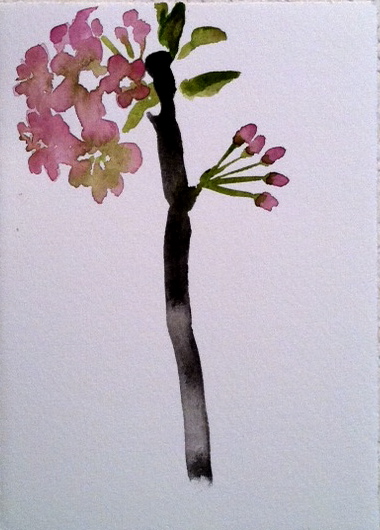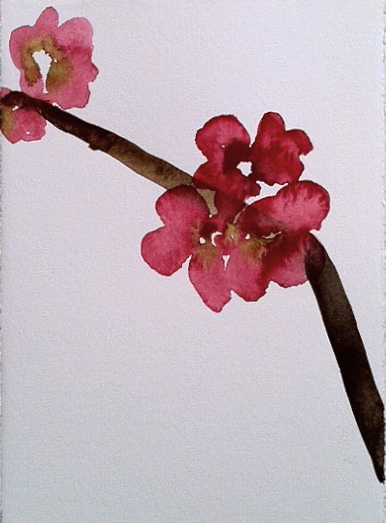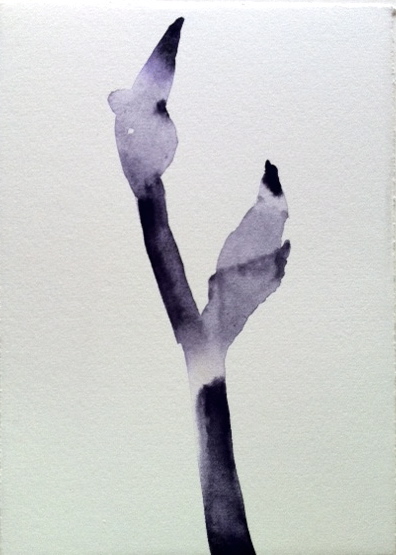 Last week I pulled my car into a parking space at the gym. I stayed in the car a few minutes longer to listen to a report on the late journalist, Mike Wallace of 60 Minutes fame, who had died a few days before.
Last week I pulled my car into a parking space at the gym. I stayed in the car a few minutes longer to listen to a report on the late journalist, Mike Wallace of 60 Minutes fame, who had died a few days before.
I was struck by his comment made in response to another journalist asking Mike about old age. He had replied that, of course, "it's all down hill from (t)here." I'm paraphrasing because I can't find the original quote, but those words resounded in my mind over the next several days.
I challenged them-- "that isn't true!"--but I realized something had changed in the person who set off to Europe at 17 by herself and the young woman who created human size nests in her apartment in her twenties.
I tried to figure out what was different, particularly artistically. As a younger person, one confronts a series of firsts. Each new experience can be a source of peak emotion--residue passion that can be channeled zestfully into a new piece of work.
As Twyla Tharp notes in her excellent book, The Creative Habit, "As we age, it's hard to recapture the recklessness of youth, when new ideas flew off us like light from a pinwheel sparkler. But we more than compensate for this with the ideas we do generate, and with our hard -earned wisdom about how to capture and, more importantly, connect those ideas."
In my fifties, I don't run into many firsts anymore, but there sure are a lot of second chances. And revisions.
I look out my studio window and I'm struck by the the beauty of tree branches with their tightly clustered knots of of budding leaves and their shadows cast upon the wall of the house. At twenty, I doubt that I would have gotten so much pleasure from such a simple sight, at least not for long. Tharp continues:
"If you find, in your own work, that ideas you didn't have room for at a particular time nonetheless lingered and arose later, you are coming close to an idea creative state, one where creativity becomes a self-perpetuating habit. You are linking your art. Everything in your life feeds into your work, and the work feeds into more work."
This is the beauty of hanging in there for the long run...I'm nearly two months to the day into my year of watercolor and I'm still painting. I'm stalking my studio with more ideas than I have time to chase. Irises are blossoming in the garden and outside my studio door, the creeping Hydrangea has reached the second floor after a 16 year climb; a green enclosure for me to contemplate when I step outside. A glorious first after all.




